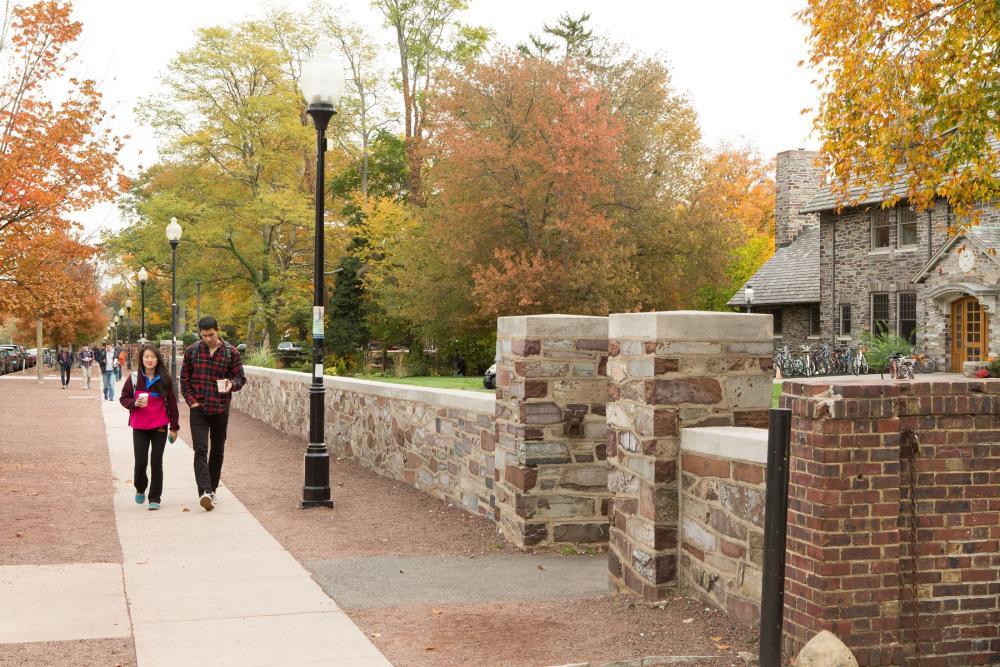Princeton’s eating clubs have a long historical association with the University. Many students have questions about the eating clubs when they first arrive on campus: Are they simply clubs for eating? How does membership work? What if a student doesn’t want to join?
An Overview
The 11 eating clubs are all co-ed and open to juniors and seniors. They are entirely optional and juniors and seniors who choose not to join have many other dining options, such as at the dining halls in the six residential colleges.
Eating clubs serve as dining halls and social centers for their members, providing a comfortable place to relax, study and socialize. They offer members activities such as field trips, formals and semi-formals, movie nights and mini-golf. They also host guests and the larger campus community for concerts, parties and other events.
The clubs are located in houses along Prospect Avenue, known on campus simply as “The Street.” They are governed by undergraduate student officers, a board of alumni and a club manager. View a video introduction to the eating clubs.
Inside an Eating Club
In addition to meals and social activities, the clubs serve as intellectual communities where students debate, discuss and explore the ideas they’ve encountered in the classroom. Many clubs regularly invite professors to dine with members, and precepts are often hosted in the clubs.
The clubs also sponsor educational, community service and intramural athletic programs. Each offers dedicated study space, libraries, computers, internet access and audio-visual equipment for members to use.
Eating clubs serve the campus community and the greater Princeton community through initiatives such as tutoring underprivileged high school students for the SAT, running college application workshops for local students and organizing clothing and canned food drives. The clubs work individually and as a “street-wide” group, and often collaborate with local organizations and student groups.
Applying and “Bickering”
Four of Princeton’s eating clubs have first-come, first-serve membership called “sign-ins.” Sophomores who wish to join an eating club list the clubs in the order of their preference, with up to 11 friends. If more students sign in than a club can accept, a lottery is held and members are chosen at random.
Seven clubs engage in a selection process called “bicker,” in which students apply for membership, and current members bid, or bicker, for new members. It’s a voluntary process and any student who isn’t accepted may enter a second round of sign-ins for clubs with open membership.
Costs and Financial Aid
Eating clubs are somewhat more expensive than other dining options. Since the University values equal opportunities for all its students, financial aid for all juniors and seniors is calculated based on the average cost of an eating club meal plan, not including social and initiation fees.







